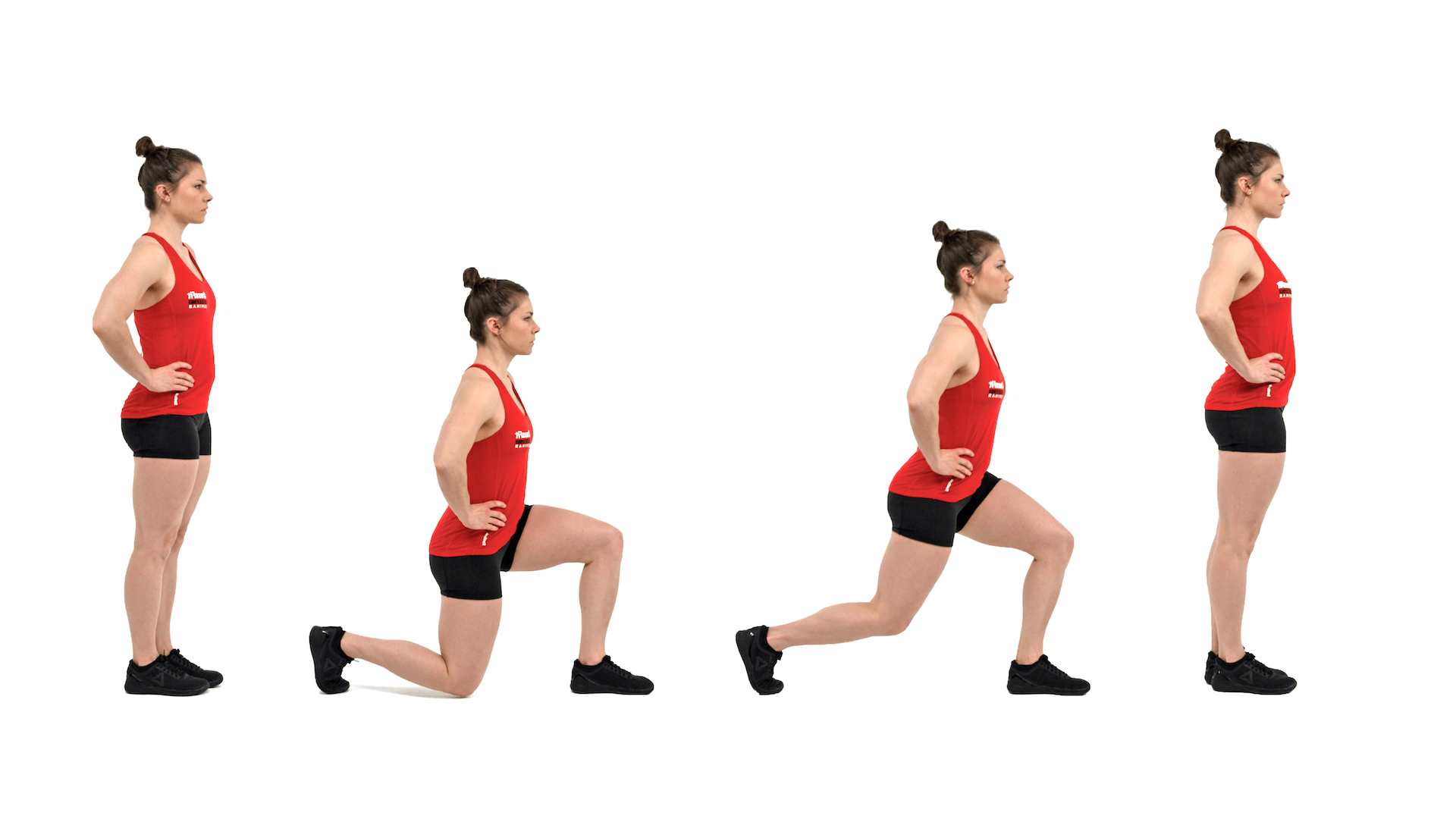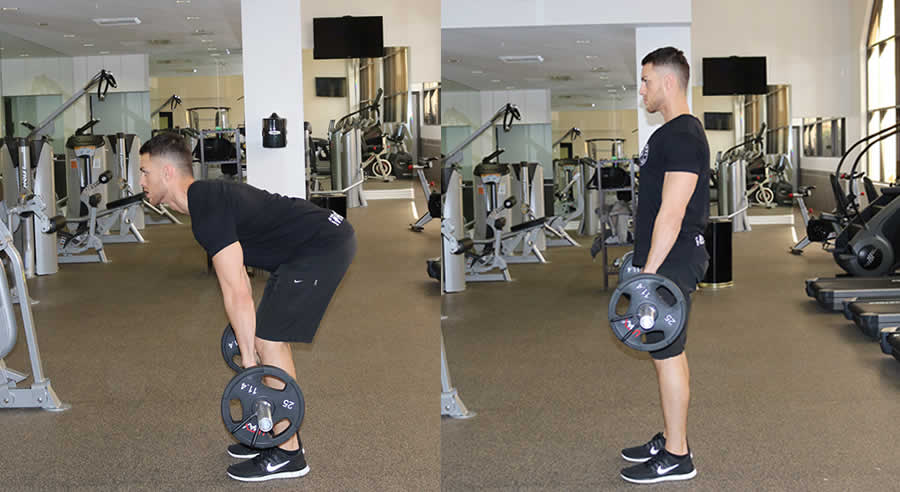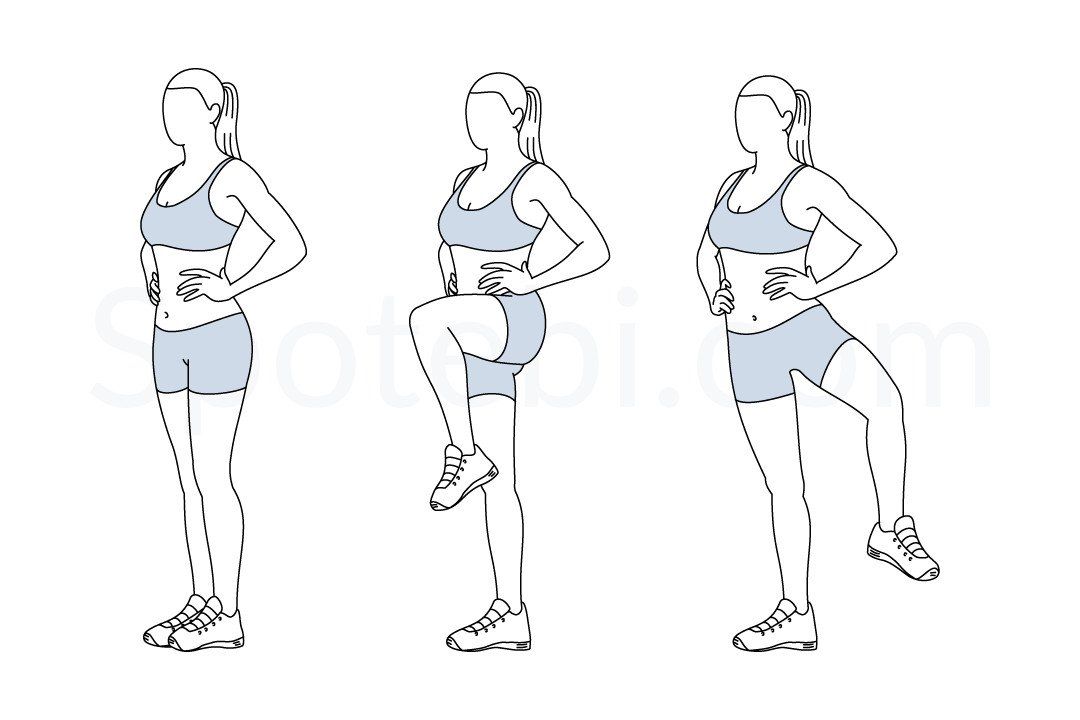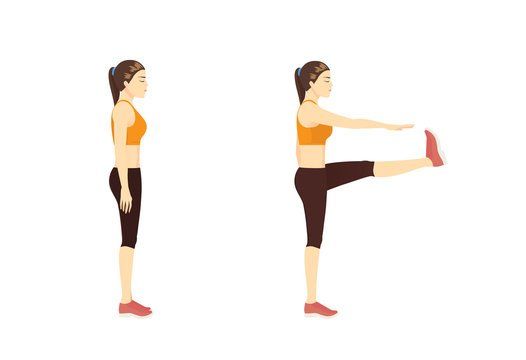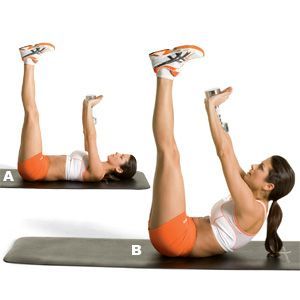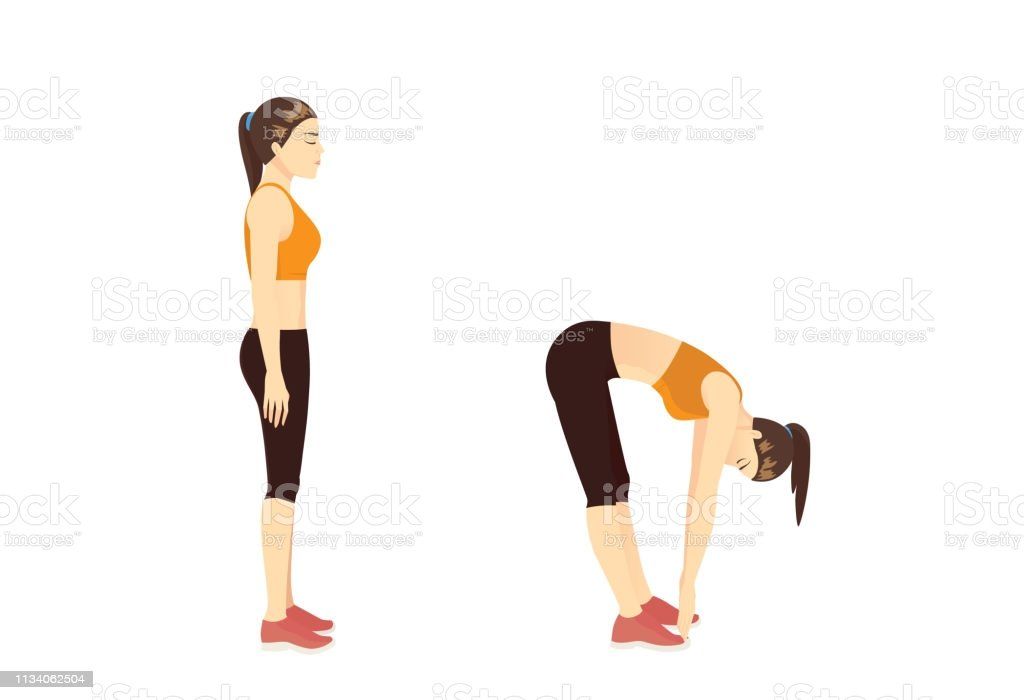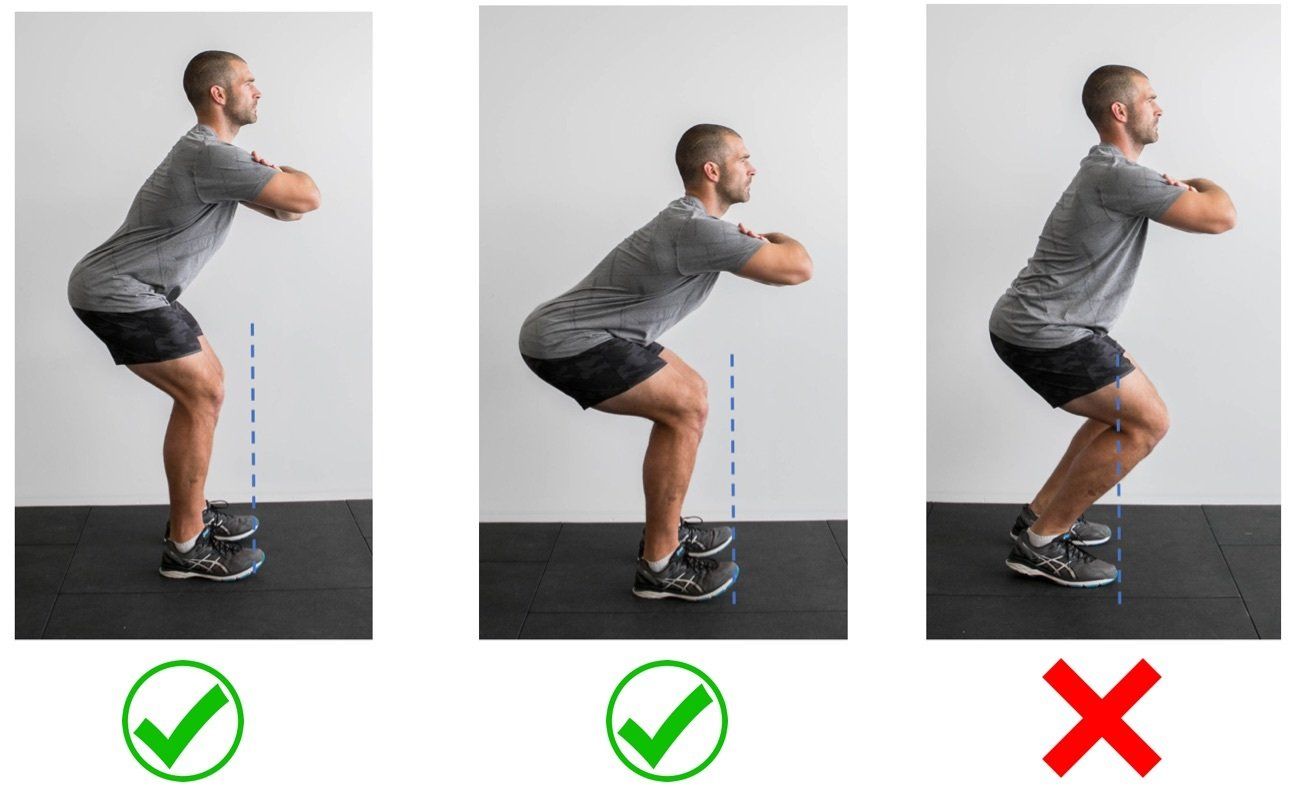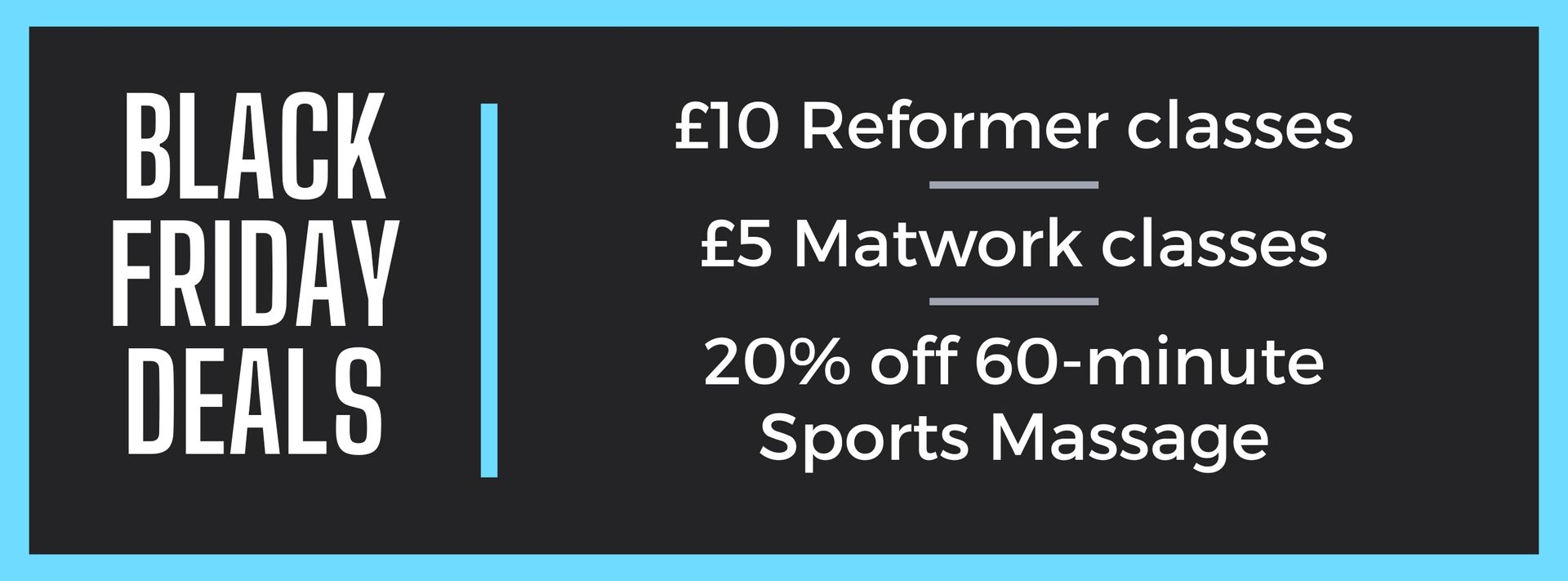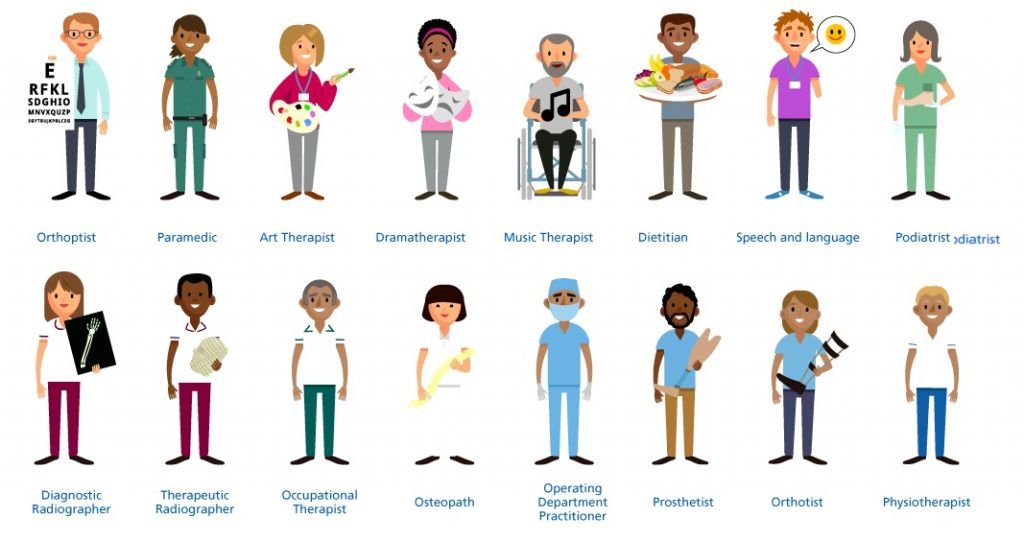Running: Warm-Ups and Cool-Downs
The pro's of warming-up:
The principle of warming up before running/jogging or doing any physical exercise really, is to loosen up your muscles and hence the name, warm your muscles up so they can stretch and contract more easily to prevent any muscle tears or unneeded strains. Generally your stretch and warm-up the muscles groups your will mainly be using before exercise but it is definitely beneficial to warm-up the full body and muscle groups.
Examples of warm-up exercises for runners:
Warm-ups may vary in length as each exercise is different from the last. But generally a warm-up should last 5-10 minutes, this is just a guideline as you don't want to over work your muscles before you even start to exercise and likewise, don't want to start a run without stretching out properly or for long enough.
Here are some examples of exercises you can do before you go on a run:
Walking lunges: These compound movements warm up both the upper and lower leg and the glutes at the same time, which is ideal for running as you will mainly using those muscle groups when running. See the image below for a step by step guide how to properly perform a lunge. (make sure you don't let your knee go over your toes when you go down into the lunge)
Stiff leg Deadlift: The stiff leg deadlift stretches out and warms up the lower back, hamstrings and glutes. So it's a great warm-up exercise to get your body ready for a run. You can stiff leg deadlift with any weights really, for example you can use dumbbells, kettlebells, barbell or even bottles of water/tins. You don't even need to use weight, you can turn the exercise into a straight / slightly bent leg toe touch instead, as this exercise will still stretch out your muscles and warm you up for a run.
Standing open/close gate: Good quick warm-up exercise for your groin and for general mobility in your upper legs.
This is a very common exercise that is used before many physically activities such as football and Rugby. To begin, stand up straight with your hands on your hips and bring one of your knees up in front of you and then rotate the knee outwards as far as you can go (usually 90 degrees). And then your can put your leg back down to the ground still maintaining the outward position, now bring your knee straight back up and rotate your leg back in front of you then back down to the original position. Repeat this 4-5 times, when doing this, alternate legs with each rep. For example, start with your left leg then right, left, right etc...
Standing toe touch: This exercise is very similar to the stiff leg deadlift in the fact that it's a great exercise technique for stretching your glutes and hamstrings.
It's also very simple to execute, start by standing up straight with your arms by your side as seen below. Then simply lift one of your legs in front of you as though you are kicking a football, but make sure to keep your leg straight and not bent. As you kick your leg out in front of you, bring your arm out to meet your foot at the top of the kick, as seen in the image below. This will help with stability and balance.
The Pro's of cooling-down:
The primary reason to do some cool-down exercises after you finish some physical exercise (especially running), is to prevent your muscles from tightening and to help with recovery. It has shown that someone who completes cool-down exercises after running doesn't experience muscles aching and muscle soreness nearly as much as someone who doesn't warm-up or cool-down. Cool-down exercises aim to slow down your muscles and body but at a lower and slower rate than if you didn't cool down.
Cool-downs keep your muscle fibres working and stretched out to prevent any pain and mitigate the soreness and fatigue in the muscles the following day / days.
Cool-down exercises also massively helps to prevent blood pooling, this is where the blood settles and this can be very unhealthy for you if you allow it to happen often.
Examples of some cool-down exercises to do after running:
Toe touch: This stretch helps to keep the hamstrings and glutes engaged and louse but won't strain them causing pain or injury. This is a very simple exercise which can be done in several ways. Most common is standing up straight with your feet together and simply bending down and trying to touch your toes without bending your knees, another way of doing a "toe touch" is by laying on your back with your feet straight up in the air and then reaching with your arms trying to touch your feet. This one is great for your spine and back as you have to bend your torso in order to reach your feet with your arms.
Body weight squats: This exercise is great as a cool down because it keeps the upper leg muscles active and engaged but doesn't strain them after a running. Squats target the general upper leg muscles but primarily targets the quads and the glutes, which are used a lot when running too.
When squating, make sure your knees don't come over your toes, in doing so you will load your quads more and take the pressure off your knees. See the image below for the form you should try to replicate.(if you are doing deep/lower squats then its okay for your knees to slightly go over your toes as you won't be able to go low enough otherwise)
Holding lunge: Simply bring one foot in front of the other and go down into a lunge while making sure your knee doesn't come over your toes. Hold the lunge for 5 seconds then step into the opposite leg lunge and hold for another 5 seconds., repeat 4/5 times to stretch out your hamstrings and glutes.
